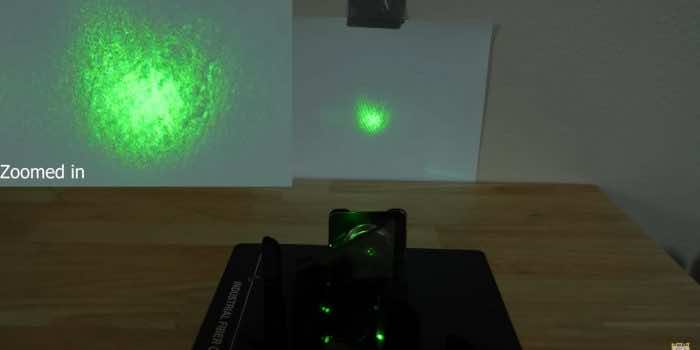The Food and Agricultural Organization (FAO) of the United Nations is developing new digital tools that will help in reducing deforestation and climate change. One of these is the FAO’s Framework for Ecosystem Monitoring (FERM) website, which uses satellite images to highlight the negative impact on forests worldwide.
The website was launched last year with its maps and data accessible to the public. One of the primary sources for the Ferm website is NASA’s Global Ecosystem Dynamics Investigation (GEDI) system. NASA’s GEDI is spoken like the word Jedi from Star Wars, and its tagline is “may the forest be with you”.
The GEDI system is placed at the International Space Station (ISS), and it shoots laser beams at trees from the orbital laboratory.

Satellites give a ‘full snapshot of Earth’ every 4-5 days
In an interview with the BBC, Laura Duncanson, one of the leaders of the Gedi project from the University of Maryland’s Department of Geographical Sciences, said, “we use the reflected energy to map forests in 3D, including their height, canopy density, and carbon content. This is an exciting new technology because for decades we have been able to observe deforestation from space, but now with GEDI, we can assign the carbon emissions associated with forest loss [for greater accuracy].”
Norwegian firm Planet Labs also contributes maps and data to the FERM project. FAO forestry officer Remi D’Annunzio said these technologies give a thorough and unique insight into the state of the world. “Basically, now, with all these publicly available satellites combined, we can get a full snapshot of the Earth every four to five days,” he said.
According to data from the United Nations, roughly 10 million hectares (25 million acres) of the world’s forests are lost yearly. The World Wildlife Fund says deforestation accounts for 20 percent of the world’s carbon dioxide emissions. This means that the fight against deforestation is parallel to the battle to prevent the worst-case climate change scenario.


